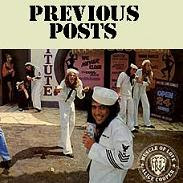Hole Drilled To Bottom Of Earth's Crust
Scientist said this week they had drilled into the lower section of Earth's crust for the first time and were poised to break through to the mantle in coming years. The Integrated Ocean Drilling Program (IODP) seeks the elusive "Moho," a boundary formally known as the Mohorovicic discontinuity. It marks the division between Earth's brittle outer crust and the hotter, softer mantle. The depth of the Moho varies. This latest effort, which drilled 4,644 feet (1,416 meters) below the ocean seafloor, appears to have been 1,000 feet off to the side of where it needed to be to pierce the Moho, according to one reading of seismic data used to map the crust's varying thickness. The new hole, which took nearly eight weeks to drill, is the third deepest ever made into the floor of the sea, according to the National Science Foundation (NSF). The rock collection brought back to the surface is providing new information about the planet's composition. "It will provide important clues on how ocean crust forms," said Rodey Batiza, NSF program director for ocean drilling. Already the types of rocks recovered show that conventional interpretation of Earth's evolution are "oversimplifying many of the features of the ocean’s crust," said expedition leader Jay Miller of Texas A&M University. "Each time we drill a hole, we learn that Earth’s structure is more complex.






















<< Home